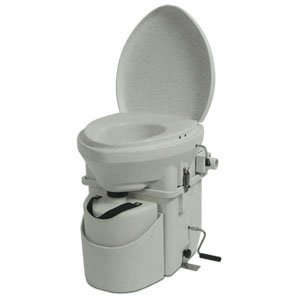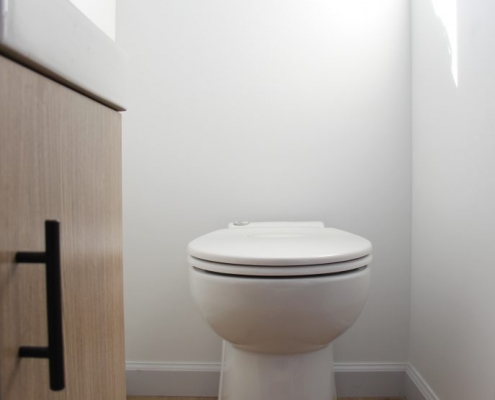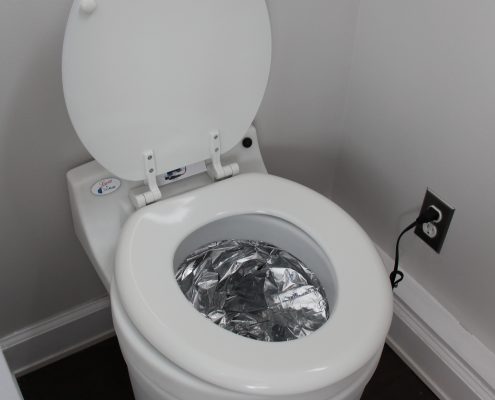All About Composting Toilets
Composting toilet
Composting toilets are the best option for those wishing to live sustainability and off-grid. Composting toilets will cost more upfront and will require additional steps; however, they also save water, energy, and waste can be recycled as fertilizer.

Good quality composting toilets are relatively odorless. Most of the toilets will have a fan that works to suck out any odor that would emit from the toilet. The toilets usually work by separating liquid and solid waste. Solid waste will go into one chamber that will be mixed with peat moss in order to help break the waste down. If you are staying somewhere where composting is not allowed, you will bag the solid waste in a biodegradable plastic bag and throw it away–much like a baby’s diaper is thrown away. Otherwise, you will be able to use the solid waste as compost. The liquid waste will be stored in a tank that will need to be disposed when it’s full. You can dispose the liquid waste in toilets, RV dump stations, or the ground if you are in a remote place where that is allowed. You will have to dispose of waste every 3-7 days for liquid waste and every 2-4 weeks for solid waste.
Pros
- environmentally friendly (reduces water/electricity use and creates compost)
- suitable for off-grid living
- cheaper in the long run than installing a septic tank
- odorless (as long as it’s properly installed and well taken care of)
Cons
- maintenance: the two types of toilets below require little to no maintenance unlike composting toilets
- you must always have peat moss
- may not be legal in your municipality: check with your town hall
Other Types of Toilets
We have previously written about other types of toilets in one of our previous blog posts. Three other types of toilets in tiny houses are traditional, macerating, incinerating and dry-flush toilets.
Traditional toilets that are used in houses can be used in tiny houses; however, traditional toilets can’t be used with tanks. This means that your tiny house must be permanently in-place and hooked up to septic or sewer system in order to use a traditional toilet.

Dry flush toilets are lined with foil which, when “flushed”, wraps around the waste in a sealed packet, similar to a diaper genie. The packaged waste can then be thrown out in any trash can just like diapers. The flushing mechanism is also powered by electricity. For more information on these and our other types of tiny house toilets, read our previous blog post.












